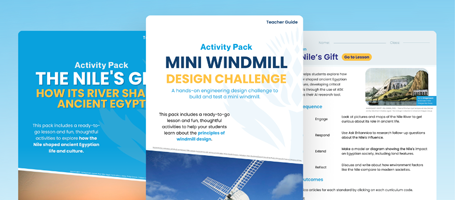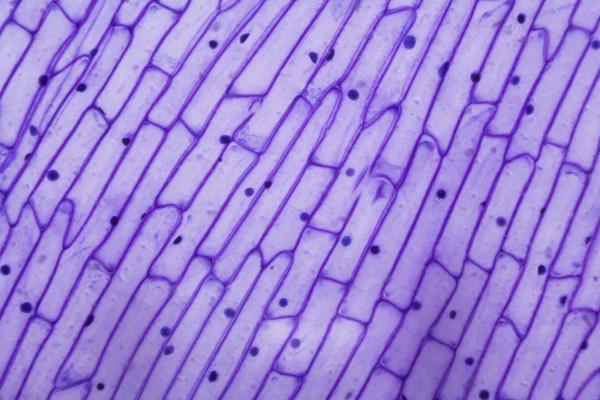Did you know that a cell is the smallest unit of living matter that can exist by itself?
Some organisms, such as bacteria, consist of only a single cell. Others, such as humans, are composed of more than 75 trillion cells. Cell size is usually measured in microns. A micron is equal to about one millionth of a metre. The diameter of the average human cell is roughly 10 microns, making it barely visible without a microscope.
These activities will explore cells, their interesting characteristics, and the microscopes that scientists use to study them.
Resource Packs
The Britannica “Cells” resource packs are accessible to schools who are subscribed to the Australian, New Zealand, Asian, UK and US versions of Britannica School. They contain age-appropriate articles, images, websites or videos on microscopes, cells and other microorganisms.
Resource Pack Links:
Britannica School (Australia) Primary level resource pack↗
Britannica School (Australia) Middle level resource pack↗
Britannica School (New Zealand) Primary level resource pack↗
Britannica School (New Zealand) Middle level resource pack↗
Britannica School (UK) Foundation level resource pack↗
Britannica School (UK) Intermediate level resource pack↗
Britannica School (US) Elementary level resource pack↗
Britannica School (US) Middle level resource pack↗
Britannica School (Asia) Elementary level resource pack↗
Britannica School (Asia) Middle level resource pack↗
Britannica School (Asia version in China) Elementary level resource pack ↗
Britannica School (Asia version in China) Middle level resource pack ↗
Activities
The following activities can be completed using resources found in the Britannica School ‘Cells’ resource packs.
Primary School
- What does it mean to be alive? Look through a variety of images and sort them into living and non living things.
- Living organisms can do many things that classify them as living: such as eating, drinking, breathing, making waste, movement and response to stimuli. Have students complete a mind map by brainstorming the characteristics of a living organism.
- These diagrams show the main parts of a plant and an animal cell. Using information from the Britannica School “Cells” resource pack, explain the function of each part.
- Use a Venn Diagram to compare a plant and animal cell. What is different and what is the same about these two types of cells? Think about how they function and what the parts are made of.
- Many living things are microscopic, which means they are too small to be seen with the human eye. To see them you must view them under a microscope. Study different microscopic images and have a go at labelling them!
Middle School
- Examine different objects as seen under a microscope using the CellsAlive! How Big Is It? webpage. Some things are so microscopic you have to use a microscope to view them. Learn more about microscopes by reading the “Microscope” article found on Britannica School. Draw and label 9 items in size order, from smallest to largest.
- Identify the parts of an animal and plant cell and explain their functions.
- Examine the diagram of a microscope found in the “Cells” resource pack. Use it to label the diagram in the Parts of a Microscope worksheet. Then explore the function of each part and complete the table.
- Many living things are microscopic, which means they are too small to be seen with the human eye. To see them you must view them under a microscope. Study different microscopic images and have a go at labelling them!
Featured Image from BRITANNICA SCHOOL: Plant Cells. Onion skin cells under a microscope. © Maor Winetrob/iStock.com. Accessed 05 Nov. 2022.
These activities and resources have been created using content from Britannica School, the go-to site for safe, comprehensive student research. Contact your librarian to find out if your institution already has access. Find out more about Britannica School or set up your own free trial.
More Educator Resources
Sign up with your email for more free resources from Britannica.


